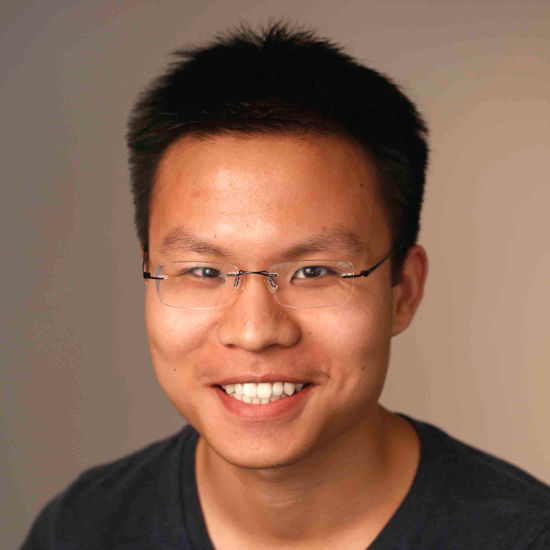Early Impact of Transportation Network Companies on Taxi Demand
Abstract
Urban transportation is undergoing rapid changes, facing challenges from technology-enabled private mobility services. Managing the existing modes of transportation along with emerging modes affects traffic congestion and thus the economic efficiency of a city. Effective regulation of public and private transportation services needs to consider the spatiotemporal characteristics of their operation. Here we study the competitive advantages of early stage Transportation Network Companies (TNCs) over city-regulated taxis. With competition from TNCs, taxi trips are expected to decline over time, and a null hypothesis is that the decline was homogeneous in space and across time of day. However, using trip records of taxis and TNCs between 2011 and 2015 in New York City (NYC), we observe that between 2011 and 2013, taxis were subject to a statistically significant and invariant decline in trip share during daytime (8 am - 4 pm), negligible change in early evening (6 pm - 10 pm) which are the peak hours for taxi trips, and linearly increasing share declines into late night (11 pm - 3 am), while absolute decline was lesser for late Friday nights. Spatially, the decline was statistically significant except for taxi hot spots, and the decline in outer boroughs (Brooklyn, Queens, and the Bronx) were much larger than in city center (Manhattan). Such patterns in space and time became diminished in 2014 and 2015. We explain these observations within the framework of competitive advantage. Before gaining significant market share, early competitors first establish themselves where they have competitive advantage that does not depend on capital. In the case of ride-sourcing against curbside ride-hailing service, waiting time, convenience, as well as safety are most pronounced at late night, because fewer taxis and people are on the streets while the cost of ride-sourcing has almost no change. As the competitor gains capital and thus further reduces fare and time cost, the initial competitive advantage no longer stands out. Our work reveals the strengths and weaknesses of traditional and emerging modes of transportation, informs urban governance that is optimal for traffic management, and is also useful for location choices of new entrant firms.

